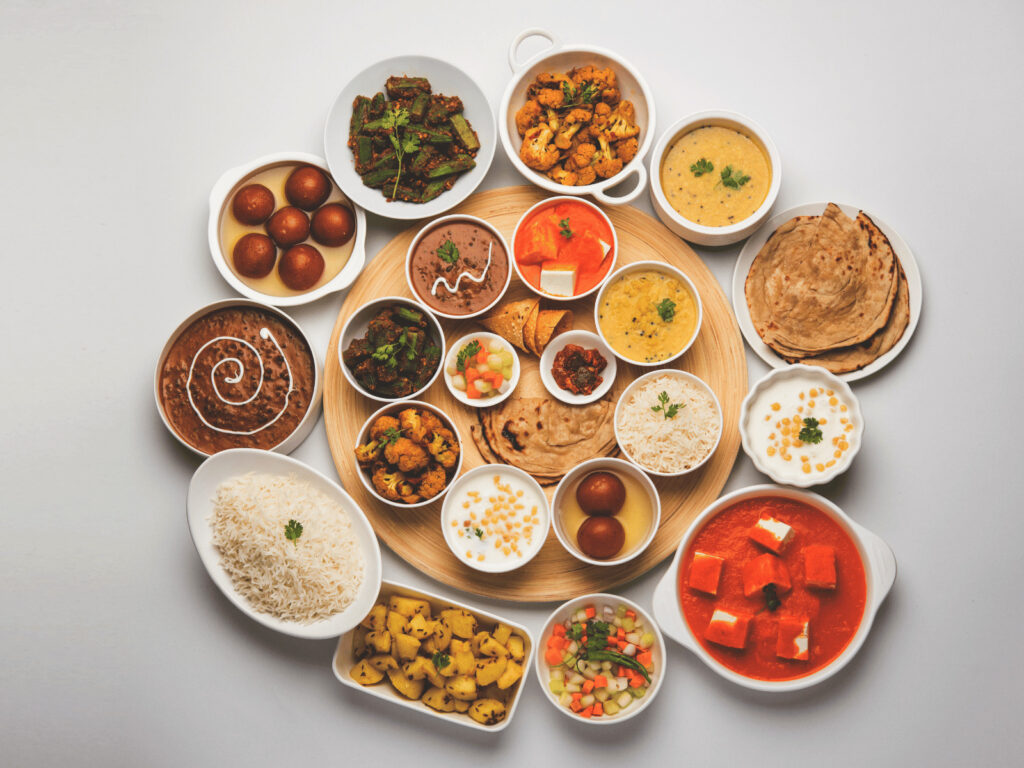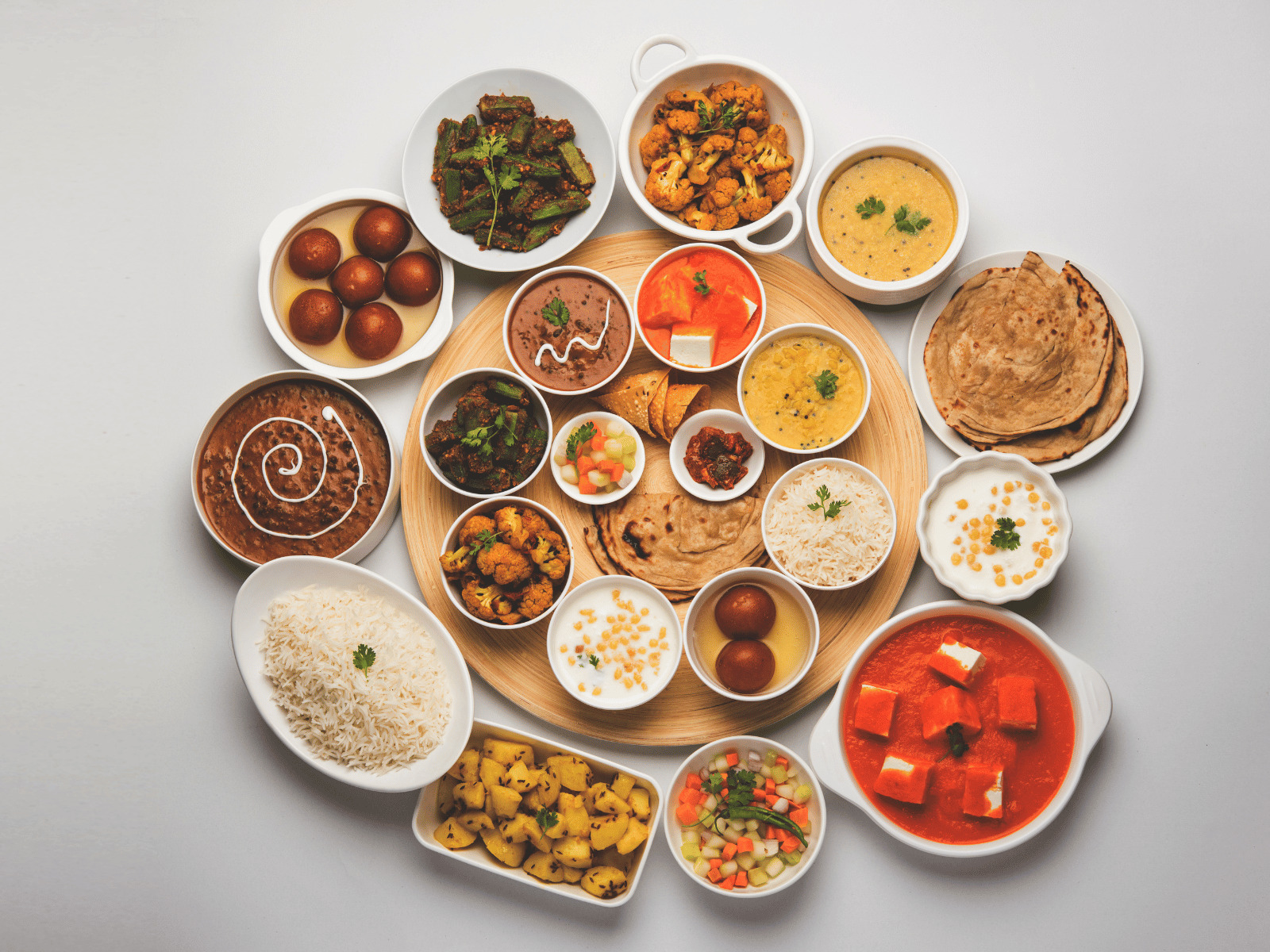
Key Takeaways:
- Diversity in Unity: Indian cuisine’s strength lies in its vast regional variations, with North and South India offering distinct culinary experiences.
- Beyond Stereotypes: While certain ingredients and methods may be popular in one region, there’s always room for overlap, innovation, and surprise in both North and South Indian dishes.
- Satisfy Your Culinary Curiosity at The Curry Modern Indian: Offering a rich tapestry of dishes from both regions, you can embark on an unmatched gastronomic journey without leaving Huntsville, Alabama.
India’s diverse palate has been shaped by its vast landscapes, varied climates, and rich tapestry of historical influences. From the wheat fields of the North to the spice-scented coasts of the South, the Indian subcontinent offers an overwhelming array of culinary delights. At The Curry Modern Indian, we bring these distinct flavors under one roof, serving up authenticity with a side of passion. Let’s explore the contrasts and commonalities of North and South Indian cuisines and discover why you shouldn’t settle for just one when you can indulge in both.
What are the main differences between North and South Indian food?
North and South India have different climates, geographies, histories, and cultures, which influence their cuisines. Here are some of the key differences between them:
- Staple ingredients: North India relies more on wheat-based bread, such as naan, roti, and paratha, while South India uses more rice and lentils, such as dosa, idli, and sambar.
- Spice mixtures: North India uses more garam masala, a blend of warm spices like cinnamon, cardamom, cloves, and nutmeg, while South India uses more huli pudi (sambar powder), a blend of hot spices like red chili, coriander, cumin, and fenugreek.
- Sour components: North India uses more amchoor (dried mango powder) to add sourness to dishes, while South India uses more tamarind, a tangy fruit pulp.
- Accent herbs: North India uses more dried fenugreek leaves to flavor sauces and curries, while South India uses more curry leaves, a fragrant herb with a citrusy aroma.
- Hot drinks: North India prefers tea or chai, a spiced milk tea with ginger and cardamom, while South India favors chicory coffee, a blend of coffee and roasted chicory root.
Of course, these are not hard and fast rules. There are exceptions and overlaps in both regions. For example, biryani, a rice dish with meat or vegetables cooked with spices, is popular in both North and South India but with different variations. Similarly, dal (lentil soup) is a common dish in both regions, but with different seasonings and consistencies.
Indian Spices 101: The Essence of Flavor
Central to both North and South Indian dishes is the judicious use of spices. From aromatic cardamom to fiery red chili, spices not only add flavor but also have numerous health benefits. For instance, turmeric, commonly used across the nation, boasts anti-inflammatory properties. Likewise, fennel seeds, a favorite in many southern dishes, aid in digestion. At The Curry Modern Indian, we procure only the finest spices, ensuring each dish we serve encapsulates the very essence of authentic Indian flavors.
Why should you try both North and South Indian food?
If you are a fan of Indian food, you should not limit yourself to one region. Both North and South Indian food have their own unique flavors and textures that can satisfy your taste buds. By trying both types of cuisine, you can:
- Expand your palate: You can experience a wider range of spices, herbs, and ingredients that can enhance your enjoyment of food. You can also discover new combinations of flavors that you may not have thought of before.
- Learn about the culture: You can gain a deeper appreciation of the history and diversity of India. You can also understand how different factors, such as geography, religion, and politics, have influenced the culinary traditions of each region.
- Support local businesses: You can support the local restaurants that offer authentic and delicious Indian food. You can also help them preserve and promote their cultural heritage through their food.
How can you enjoy both North and South Indian food at The Curry Modern Indian?
At The Curry Modern Indian, we are proud to offer a variety of dishes from both North and South India. Whether you are in the mood for a hearty curry or a light dosa, we have something for everyone. Here are some of the dishes you can try at our restaurant:
- From North India: Try our butter chicken, a creamy tomato-based curry with tender chicken pieces; our palak paneer, a spinach curry with soft cheese cubes; or our chana masala, a spicy chickpea stew.
- From South India: Try our masala dosa, a crispy rice and lentil crepe filled with spiced potatoes; our idli sambar, steamed rice cakes served with tangy lentil soup; or our coconut rice, fragrant rice cooked with coconut milk.
We also have other dishes from different regions of India, such as Kashmiri dum aloo (potato curry), Gujarati dhokla (savory steamed cake), or Bengali rasgulla (sweet cheese balls). You can also enjoy our fresh bread, salads, soups, desserts, and drinks.
Come Experience the Best Indian Food in Huntsville, Alabama
We invite you to visit us at The Curry Modern Indian in Huntsville, Alabama, and experience the diversity of Indian cuisine. We are confident that you will love our food as much as we do. To make a reservation or order online [click here]. We look forward to serving you soon!


